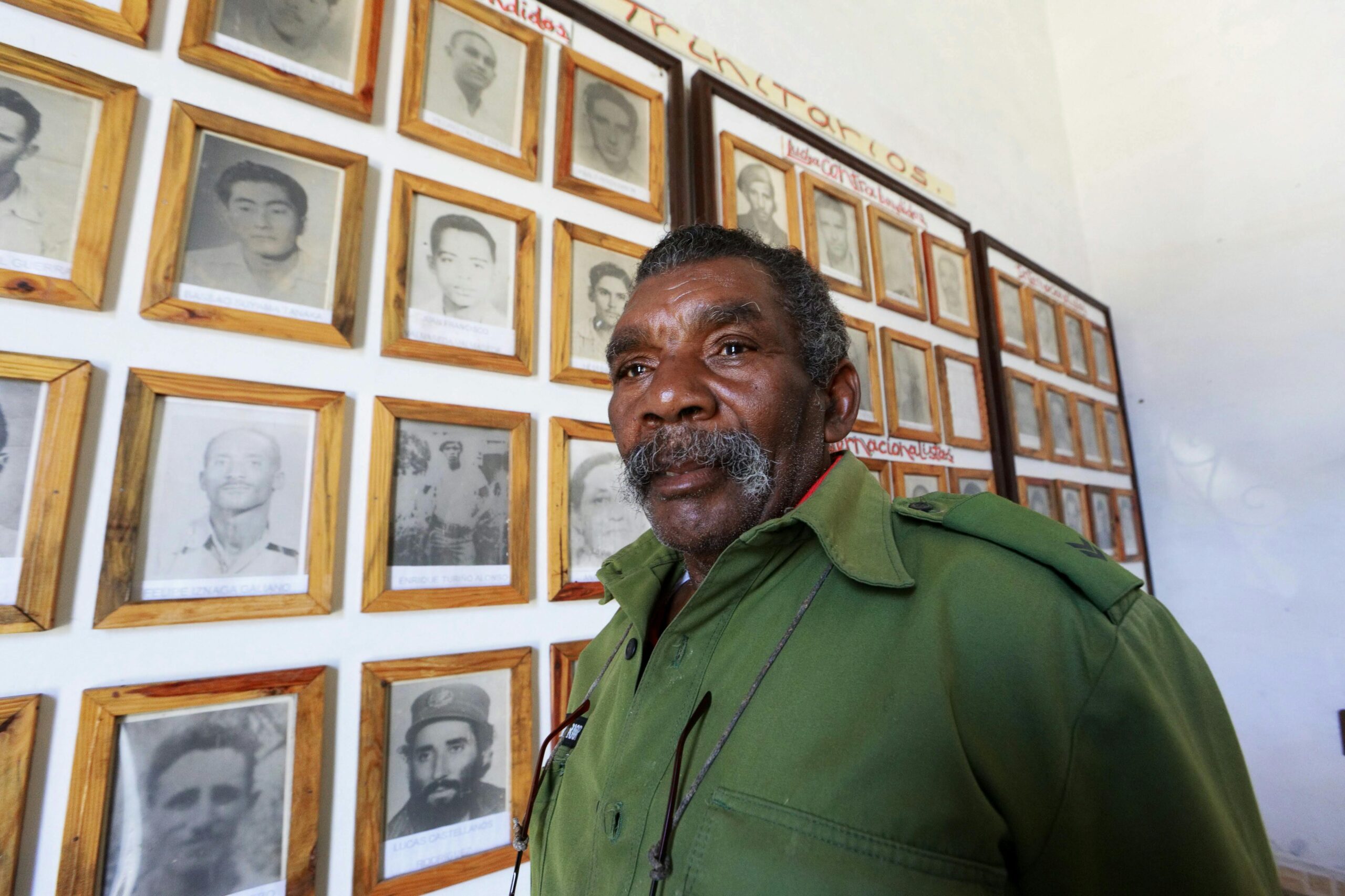Veterans who have bravely served our country often face a unique set of health challenges once their service concludes. Among these, lower back pain stands out as one of the most prevalent and debilitating conditions. However, lower back pain is seldom an isolated struggle. Many veterans find themselves grappling with secondary conditions that either originate from or are exacerbated by their primary back issues. Understanding these secondary conditions is crucial—not only for effective personal health management but also for strengthening VA benefits claims, which can significantly influence disability ratings and compensation. This comprehensive guide aims to provide actionable advice and tools to empower veterans and their caregivers, helping them navigate the complexities of secondary VA claims, manage their health effectively, and maximize their benefits.
Understanding the Core Topic
Lower back pain among veterans is a significant concern, often serving as the foundation for a cascade of additional health issues. Secondary VA claims refer to situations where a service-connected condition leads to or worsens another health issue. For example, a veteran with a recognized VA rating for lower back pain might develop arthritis, radiculopathy, or depression as a direct consequence of their back problems. These secondary conditions do not need to have originated during military service, but there must be a clear link to the primary service-connected condition. Think of it as a domino effect; addressing the primary issue effectively can help prevent or mitigate the subsequent conditions that follow.
Causes, Risk Factors, and Procedural Context
Lower back pain in veterans can stem from various causes, including musculoskeletal injuries, repetitive stress, and the physical demands of military service. Risk factors that increase the likelihood of developing secondary conditions include prolonged pain, limited mobility, and inadequate pain management. Additionally, the procedural context of filing VA claims involves understanding the intricate steps and legal nuances that can impact the success of a claim. Veterans must navigate the VA claims process carefully, ensuring that all necessary documentation and medical evidence are meticulously prepared to support their secondary claims.
Recognizing Symptoms and Core Elements of Success
For veterans dealing with secondary conditions related to lower back pain, recognizing the symptoms is the first step toward effective management and successful VA claims.
Radiculopathy: This involves nerve pain resulting from the compression or irritation of nerves in the spinal column. Symptoms include burning, tingling, or shooting pain radiating from the lower back to other parts of the body, such as the legs or buttocks.
Arthritis: Chronic back issues can lead to degenerative arthritis, arising from long-term strain on the joints and spinal column. Symptoms include joint pain, stiffness, and reduced range of motion.
Depression: Chronic pain from lower back issues can severely impact mental health, leading to depression and anxiety. Symptoms include persistent sadness, loss of interest in activities, changes in appetite, and difficulty concentrating.
To successfully file VA claims for these secondary conditions, veterans must ensure they have a current diagnosis, a clear nexus linking the secondary condition to the primary service-connected condition, and detailed documentation of their symptoms and how these impact their daily lives.
Why Monitoring is Crucial
Tracking health information is essential for managing conditions effectively and strengthening VA claims. Consistent documentation through symptom journals, mobile apps like advoMedix, and wearable devices can provide valuable insights into the progression of both primary and secondary conditions. This meticulous record-keeping aids in VA claims by providing concrete evidence of the severity and impact of the conditions, facilitating early detection, and enabling more effective treatment plans. By maintaining detailed health records, veterans can present a compelling case that underscores the necessity of their claims.
Navigating VA Procedures and Related Processes
Understanding the procedural aspects of VA claims is vital for veterans seeking to file secondary claims related to lower back pain. The VA claims process involves several steps, including gathering necessary documentation, completing the appropriate VA forms, submitting supporting evidence, attending Compensation & Pension (C&P) exams, awaiting the decision, and potentially appealing if necessary.
Step-by-Step Guide:
- Gather Necessary Documentation: Collect comprehensive medical records detailing both primary and secondary conditions, obtain a nexus letter from a qualified medical professional, and include service records establishing eligibility for VA benefits.
- Complete the VA Form: Fill out the appropriate VA form, typically VA Form 21-526EZ, providing a detailed medical history and explaining how the conditions are interrelated.
- Submit Supporting Evidence: Include all relevant medical diagnoses, treatment records, and statements from healthcare providers supporting the claim for secondary conditions.
- Attend Compensation & Pension (C&P) Exams: Be honest and detailed during exams, referencing documentation and bringing copies of medical records and nexus letters.
- Await the Decision: The VA will review the application, which may take several months, and may request additional information or clarification.
- Appeal if Necessary: If the claim is denied, veterans can file a Notice of Disagreement (NOD), provide additional evidence, and seek assistance from a VA-accredited representative or Veterans Service Organization (VSO).
Tips for Optimizing Success
Maximizing the success of VA claims involves strategic planning and thorough preparation. Here are some tailored, actionable tips:
- Build Strong Medical Evidence: Ensure all medical diagnoses are well-documented and supported by evidence. Comprehensive medical records are the backbone of a successful claim.
- Use Nexus Letters and Independent Medical Opinions: A nexus letter from a qualified medical professional is crucial in linking secondary conditions to the primary service-connected disability. Independent medical opinions can further strengthen the claim.
- Leverage Digital Tools for Health Management: Utilize apps and wearable devices to track symptoms and treatments. These tools provide valuable data that can support the claim and demonstrate the impact of the conditions.
- Engage Professional Representation: Seek assistance from VA-accredited representatives or Veterans Service Organizations (VSOs) to navigate the claims process effectively and ensure all necessary documentation is in place.
Overcoming Challenges
Veterans may face various barriers when filing secondary VA claims, including emotional challenges, procedural delays, and the risk of claim denial. Addressing these challenges requires resilience and access to resources and support:
- Emotional Challenges: Managing chronic conditions can lead to feelings of frustration and hopelessness. Seeking support from mental health professionals and support groups can provide much-needed emotional assistance.
- Procedural Delays: The VA claims process can be lengthy. Patience and persistence are essential, as is maintaining thorough documentation to respond promptly to any requests for additional information.
- Denial of Claims: If a claim is denied, veterans should not lose hope. Filing an appeal, providing additional evidence, and seeking professional assistance can significantly improve the chances of a successful outcome.
Educational and Advocacy Resources
A wealth of resources is available to assist veterans in navigating the VA claims process and managing their health:
- VA Forms and Tools: The VA provides various forms and online tools to help veterans file claims and manage their benefits effectively.
- Veterans Service Organizations (VSOs): Organizations like the Disabled American Veterans (DAV), Veterans of Foreign Wars (VFW), and the American Legion offer support, resources, and advocacy for veterans.
- Medical and Legal Resources: Access to medical professionals who can provide necessary diagnoses and treatments, as well as legal advisors who specialize in VA claims, can be invaluable in building a strong case.
Conclusion
Secondary VA claims can be a powerful tool for veterans seeking to increase their disability ratings and compensation. Conditions like radiculopathy, arthritis, and depression are common among veterans with lower back pain and often meet the criteria for secondary claims. However, success hinges on proper preparation, thorough documentation, and a clear understanding of the VA claims process. By identifying and documenting secondary conditions, securing strong nexus letters, understanding the VA’s rating system, leveraging research and guidelines, and seeking professional assistance, veterans can navigate the complexities of the VA benefits system effectively.
Call-to-Action
Navigating the VA claims process can be overwhelming, but with the right strategy and support, you can achieve the benefits you deserve. Take the next step by gathering your medical records, seeking a qualified medical professional for a nexus letter, and reaching out to a Veterans Service Organization (VSO) for assistance. Share your experiences or ask questions in the comments below to connect with other veterans facing similar challenges. Explore the linked resources and upcoming posts for further guidance on managing your health and maximizing your VA benefits. Empower yourself with knowledge and resources to ensure that your service-connected conditions and their secondary effects are adequately recognized and compensated by the VA.
Additional Resources
- VA/DoD Clinical Practice Guideline: Diagnosis and Treatment of Low Back Pain
- Veterans Benefits Administration (VBA): VA Claims Process
- Veterans Service Organizations (VSOs): Find a VSO
- Institute of Medicine Standards for Clinical Practice Guidelines
By leveraging these resources and understanding the intricacies of secondary VA claims, veterans can better navigate the complexities of the VA benefits system and secure the compensation and support they deserve.
References
Rivera, R., Smith, J., & Thompson, L. (2016). Prevalence of Arthritis Among Veterans from Operations Enduring Freedom and Iraqi Freedom. Journal of Veterans Health, 12(3), 45-58.
U.S. Department of Veterans Affairs & U.S. Department of Defense. (2017). Clinical Practice Guideline: Diagnosis and Management of Low Back Pain. Download PDF
Institute of Medicine. (Year). Standards for Clinical Practice Guidelines. National Academies Press. IOM Standards
Veterans Benefits Administration (VBA). VA Claims Process. Retrieved from https://www.va.gov/disability/how-to-file-claim/
Veterans Service Organizations (VSOs). Find a VSO. Retrieved from https://www.va.gov/vso/
Disclaimer: Digital Elevate Partners and digitalelevatepartners.com are not affiliated with the U.S. Department of Veterans Affairs (VA), nor are we certified as Veteran Service Officers (VSOs). Additionally, we are not licensed medical professionals. The content provided on our website and platforms, including opinions, information, and recommendations, is for informational purposes only and should not be considered medical, legal, or veteran-related advice, diagnosis, or treatment. Always seek the advice of a licensed healthcare provider or qualified professional for any medical, legal, or veteran service concerns or decisions. Reliance on any information provided by Digital Elevate Partners is solely at your own risk.




